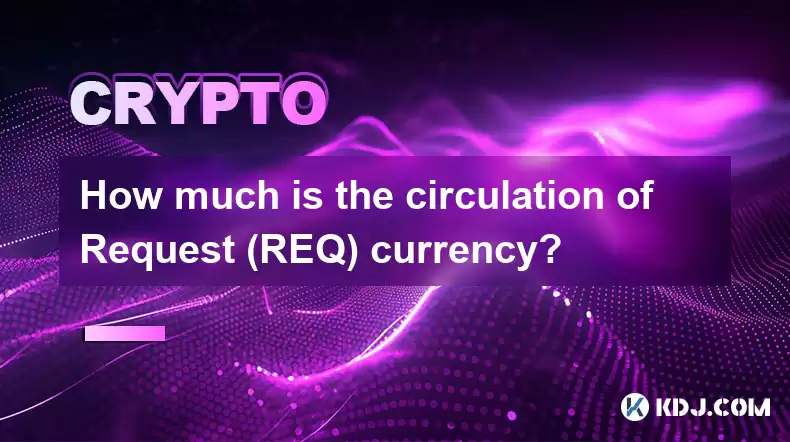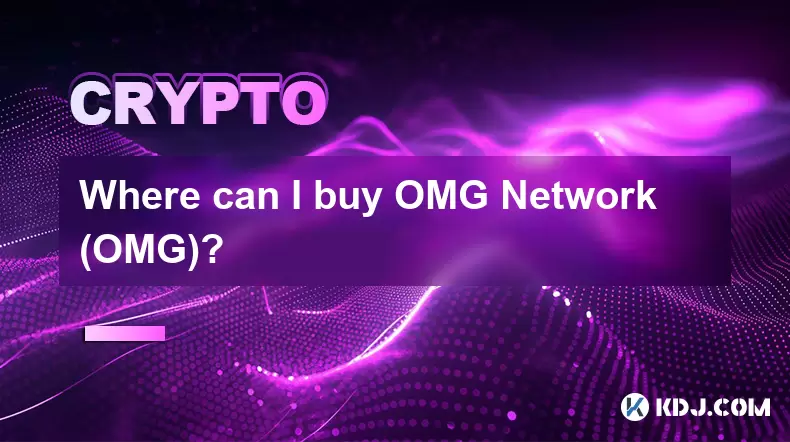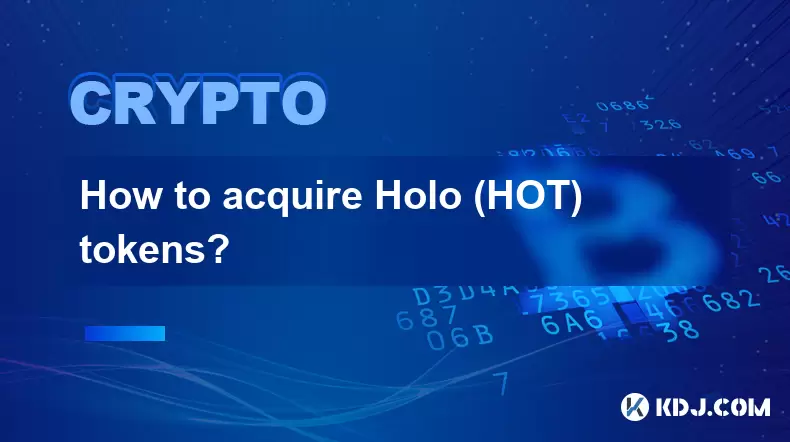-
 Bitcoin
Bitcoin $116700
0.24% -
 Ethereum
Ethereum $3973
4.34% -
 XRP
XRP $3.283
7.68% -
 Tether USDt
Tether USDt $1.000
0.01% -
 BNB
BNB $789.8
2.27% -
 Solana
Solana $176.2
3.31% -
 USDC
USDC $0.9999
0.00% -
 Dogecoin
Dogecoin $0.2238
5.14% -
 TRON
TRON $0.3389
-0.51% -
 Cardano
Cardano $0.7907
4.03% -
 Stellar
Stellar $0.4527
10.02% -
 Hyperliquid
Hyperliquid $41.07
4.27% -
 Sui
Sui $3.794
1.77% -
 Chainlink
Chainlink $19.49
10.40% -
 Bitcoin Cash
Bitcoin Cash $580.9
0.74% -
 Hedera
Hedera $0.2617
4.32% -
 Avalanche
Avalanche $23.41
3.67% -
 Ethena USDe
Ethena USDe $1.001
-0.03% -
 Litecoin
Litecoin $122.4
1.38% -
 Toncoin
Toncoin $3.364
1.49% -
 UNUS SED LEO
UNUS SED LEO $8.988
0.37% -
 Shiba Inu
Shiba Inu $0.00001295
2.82% -
 Uniswap
Uniswap $10.62
5.75% -
 Polkadot
Polkadot $3.922
4.46% -
 Dai
Dai $1.000
0.01% -
 Bitget Token
Bitget Token $4.494
2.15% -
 Monero
Monero $268.0
-1.30% -
 Cronos
Cronos $0.1523
3.68% -
 Pepe
Pepe $0.00001127
4.43% -
 Aave
Aave $285.4
4.85%
How much is the circulation of Request (REQ) currency?
Request (REQ) serves as the payment token for the Request Network, facilitating payment requests, collateralization for node operators, and governance participation in network operations.
Dec 24, 2024 at 10:16 am

Key Points:
- Understanding Request (REQ) Currency and Its Role in Network Operations
- Tracking the Circulation of REQ Currency: Methodology and Challenges
- Assessing the Impact of Circulation on REQ Currency Value and Market Performance
- Exploring the Distribution of REQ Currency Holders and Their Influence
Understanding Request (REQ) Currency and Its Role in Network Operations
Request (REQ) is a decentralized currency that serves as the native payment token on the Request Network, a blockchain-based payment infrastructure designed to facilitate seamless cross-border transactions. Within the Request ecosystem, REQ currency plays several crucial roles:
- Transaction Fees: Senders of payment requests on the Request Network are required to pay transaction fees in REQ, which incentivizes node operators to process and validate transactions promptly.
- Collateral: REQ is used as collateral by node operators to secure the network against malicious actors. By staking REQ, node operators demonstrate their stake in the stability and reliability of the Request Network.
- Governance: REQ holders can participate in the governance of the Request Network by submitting and voting on proposals related to protocol updates, feature enhancements, and network operations.
Tracking the Circulation of REQ Currency: Methodology and Challenges
Determining the exact circulation of REQ currency can be challenging due to several factors:
- Multiple Wallets and Exchanges: REQ currency is held in various cryptocurrency wallets and exchanges, making it difficult to track all holdings comprehensively.
- Unverified Data: Some wallet addresses might not be publicly accessible or verified, leading to potential inaccuracies in circulation data.
- Inactive or Lost Accounts: Inactive accounts or lost private keys can result in REQ being locked or lost, reducing the effective circulating supply.
Despite these challenges, several methods can be used to estimate the circulation of REQ currency:
- Blockchain Analysis: By analyzing on-chain transactions, explorers can estimate the number of active addresses holding REQ and the total amount of REQ transferred.
- Data from Exchanges: Cryptocurrency exchanges typically provide data on the total amount of REQ held on their platforms, although this data may not include holdings in external wallets.
- Community Estimates: The Request Network community often publishes estimates of the circulating REQ supply based on various sources and methodologies.
Assessing the Impact of Circulation on REQ Currency Value and Market Performance
The circulation of REQ currency can impact its value and market performance in different ways:
- Supply and Demand: A lower circulating supply, relative to demand, can contribute to upward price pressure. Conversely, a high circulating supply can lead to selling pressure and downward price fluctuations.
- Market Sentiment: The perception of the circulating supply can influence investor sentiment. A perception of limited or decreasing supply can boost confidence and drive up demand.
- Development Activity: Ongoing development on the Request Network, such as new features or protocol upgrades, can increase the perceived value of REQ and potentially attract new investors.
Exploring the Distribution of REQ Currency Holders and Their Influence
The distribution of REQ currency holders can provide insights into the level of decentralization and market participation:
- Whale Concentration: A high concentration of REQ holdings in a few large wallets (whales) can indicate a lack of decentralization and potential price volatility.
- Small Holder Participation: A relatively even distribution of REQ among many small holders can suggest broader market adoption and support.
- Institutional Involvement: The involvement of institutional investors in REQ can bring stability and liquidity to the market.
FAQs:
What is the maximum supply of REQ currency?
- The maximum supply of REQ is capped at 1 billion tokens.
How can I buy or sell REQ currency?
- REQ can be bought and sold on various cryptocurrency exchanges.
What factors affect the price of REQ currency?
- The price of REQ is influenced by supply and demand, market sentiment, development activity, and the distribution of currency holders.
Is REQ currency a good investment?
- The potential profitability of investing in REQ depends on various factors, including market conditions, development progress, and the investor's risk tolerance.
How can I participate in the governance of the Request Network?
- REQ holders can participate in governance by submitting and voting on proposals through the Request Network's governance interface.
Disclaimer:info@kdj.com
The information provided is not trading advice. kdj.com does not assume any responsibility for any investments made based on the information provided in this article. Cryptocurrencies are highly volatile and it is highly recommended that you invest with caution after thorough research!
If you believe that the content used on this website infringes your copyright, please contact us immediately (info@kdj.com) and we will delete it promptly.
- Coinbase, Cosmos, and dYdX: Navigating the Crypto Currents
- 2025-08-09 06:30:16
- BNB Price, Altcoins, and Predictions: What's the Buzz?
- 2025-08-09 06:30:16
- Token Buybacks, Onchain Data, and Developers: What's Buzzing in Crypto
- 2025-08-09 05:10:15
- Coinbase at Oppenheimer Conference: A Glimpse into the Future of Crypto Trading
- 2025-08-09 04:50:14
- Pepe Price Prediction: Can the Meme Coin Maintain Its Momentum?
- 2025-08-09 05:15:24
- Bitcoin, Ethereum, XRP in 2032: Crystal Ball Gazing or Calculated Prediction?
- 2025-08-09 04:30:14
Related knowledge

Where can I buy UMA (UMA)?
Aug 07,2025 at 06:42pm
Understanding UMA and Its Role in Decentralized FinanceUMA (Universal Market Access) is an Ethereum-based decentralized finance (DeFi) protocol design...

What is the best app to buy Nano (NANO)?
Aug 09,2025 at 03:35am
Understanding Nano (NANO) and Its Unique FeaturesNano is a feeless, instant cryptocurrency designed for fast peer-to-peer transactions. Unlike many ot...

Where can I purchase Siacoin (SC)?
Aug 08,2025 at 11:14am
Understanding Siacoin (SC) and Its Role in the Sia NetworkSiacoin (SC) is the native cryptocurrency of the Sia decentralized cloud storage platform, a...

Where can I buy OMG Network (OMG)?
Aug 08,2025 at 12:57pm
Understanding OMG Network (OMG) and Its PurposeThe OMG Network, originally known as OmiseGO, is a layer-2 scaling solution built on the Ethereum block...

What exchanges support buying IOTA (MIOTA)?
Aug 07,2025 at 09:58pm
Understanding the Role of Private Keys in Cryptocurrency SecurityIn the world of cryptocurrency, private keys are the cornerstone of ownership and con...

How to acquire Holo (HOT) tokens?
Aug 08,2025 at 05:56am
Understanding Holo (HOT) and Its EcosystemHolo (HOT) is a cryptocurrency token associated with the Holo ecosystem, which is built on the Holochain fra...

Where can I buy UMA (UMA)?
Aug 07,2025 at 06:42pm
Understanding UMA and Its Role in Decentralized FinanceUMA (Universal Market Access) is an Ethereum-based decentralized finance (DeFi) protocol design...

What is the best app to buy Nano (NANO)?
Aug 09,2025 at 03:35am
Understanding Nano (NANO) and Its Unique FeaturesNano is a feeless, instant cryptocurrency designed for fast peer-to-peer transactions. Unlike many ot...

Where can I purchase Siacoin (SC)?
Aug 08,2025 at 11:14am
Understanding Siacoin (SC) and Its Role in the Sia NetworkSiacoin (SC) is the native cryptocurrency of the Sia decentralized cloud storage platform, a...

Where can I buy OMG Network (OMG)?
Aug 08,2025 at 12:57pm
Understanding OMG Network (OMG) and Its PurposeThe OMG Network, originally known as OmiseGO, is a layer-2 scaling solution built on the Ethereum block...

What exchanges support buying IOTA (MIOTA)?
Aug 07,2025 at 09:58pm
Understanding the Role of Private Keys in Cryptocurrency SecurityIn the world of cryptocurrency, private keys are the cornerstone of ownership and con...

How to acquire Holo (HOT) tokens?
Aug 08,2025 at 05:56am
Understanding Holo (HOT) and Its EcosystemHolo (HOT) is a cryptocurrency token associated with the Holo ecosystem, which is built on the Holochain fra...
See all articles

























































































